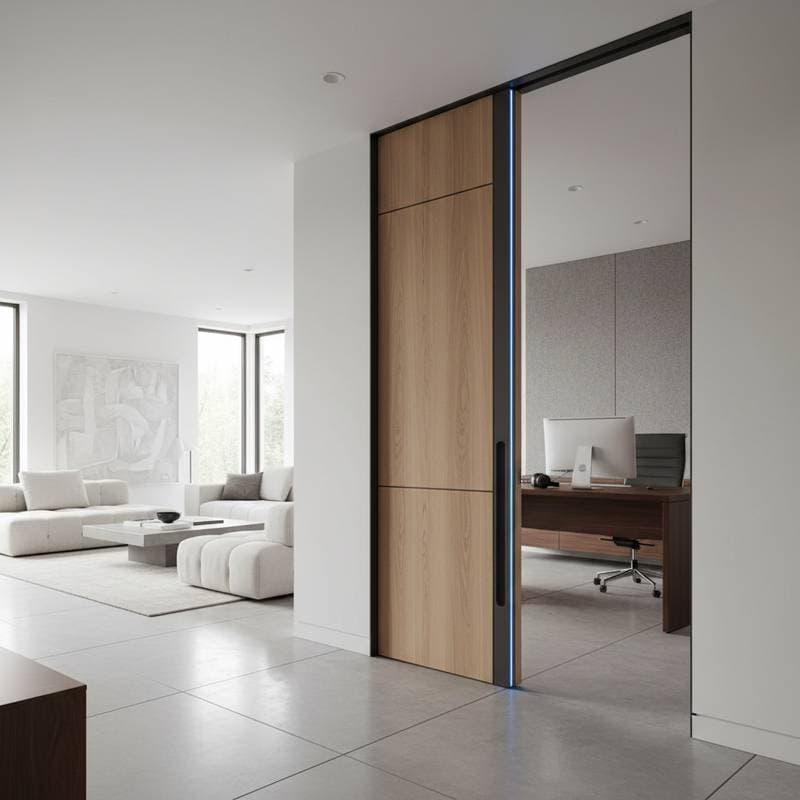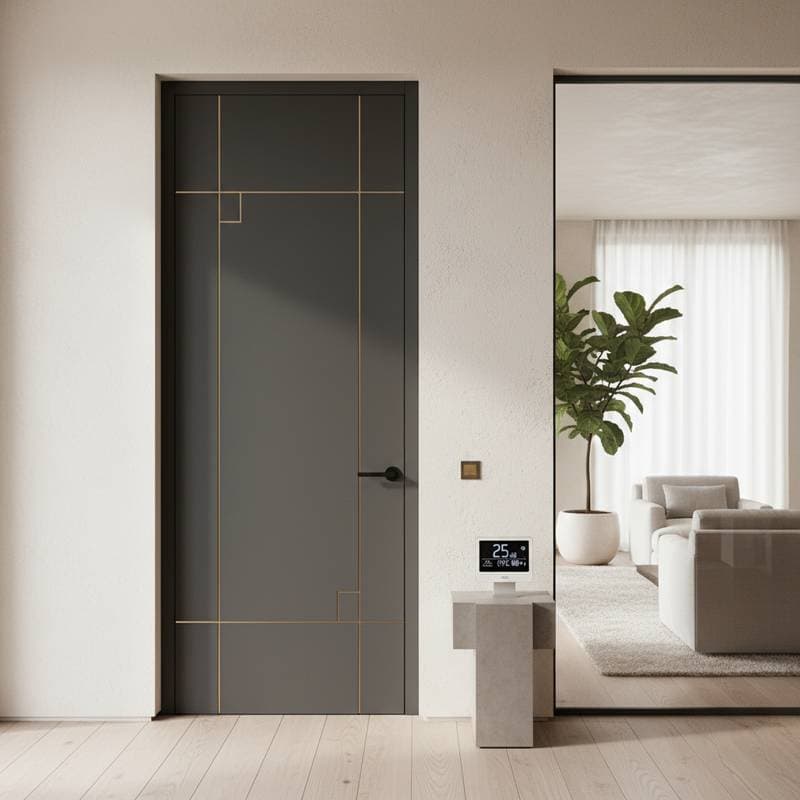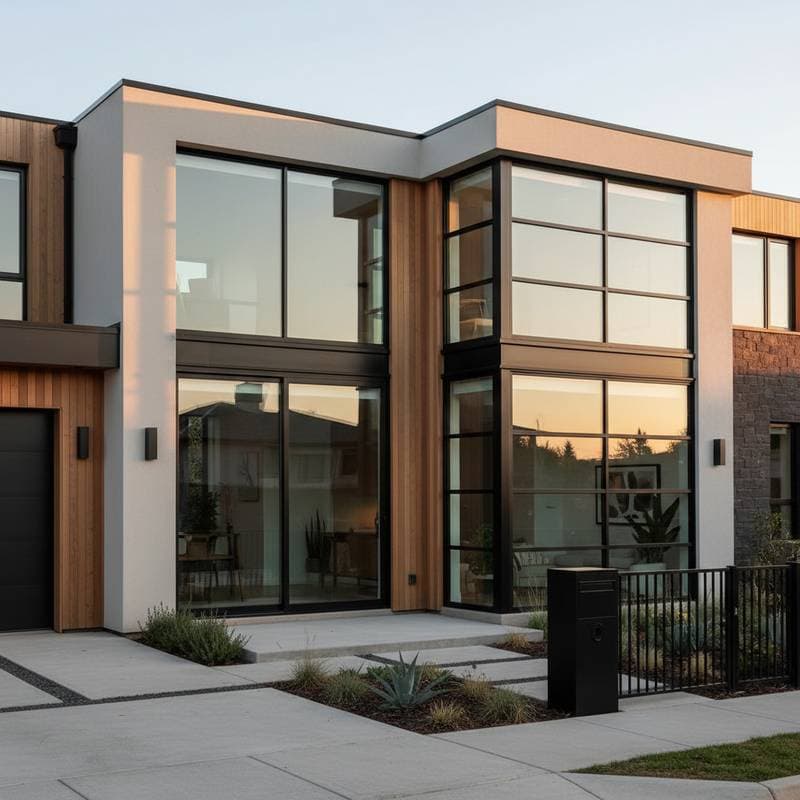Understanding the Long-Term Value of Acoustic Laminated Glass
Acoustic laminated glass delivers substantial benefits that extend well beyond initial installation. Homeowners investing in this technology gain measurable improvements in daily living quality and financial returns.
Energy Savings
The multilayer structure of acoustic laminated glass enhances thermal insulation, reducing heat transfer through windows. This efficiency can decrease heating and cooling costs by 10 to 20 percent annually, depending on climate and home size. Over a decade, these savings accumulate, offsetting the upfront investment.
Durability Features
Laminated glass incorporates an interlayer, typically polyvinyl butyral (PVB), that binds the glass sheets together. This design prevents shattering upon impact, offering superior resistance to cracks and delamination compared to single-pane or standard double-pane options. In high-traffic areas, such as urban settings, this durability minimizes repair needs and maintains performance for 20 years or more.
Boosting Resale Value
Properties equipped with noise-reducing windows appeal to buyers seeking modern amenities. Real estate data indicates that homes with energy-efficient and soundproof features command premiums of 5 to 10 percent higher sale prices. Highlighting these upgrades during listings can accelerate sales and justify elevated valuations.
View this upgrade as a strategic investment that enhances comfort, reduces ongoing expenses, and elevates property desirability over the long term.
Maintenance Practices for Optimal Performance
Acoustic laminated glass stands out for its low-maintenance requirements, yet consistent care preserves its sound-blocking capabilities and structural integrity. Simple routines prevent common issues and extend the material's lifespan.
Daily and Routine Cleaning
Wipe surfaces gently with a solution of mild soap and lukewarm water applied via a soft, lint-free cloth. This method removes dust and grime without scratching the glass or compromising the interlayer. Steer clear of ammonia-based or abrasive cleaners, as they may etch the surface or weaken edge seals over time.
Annual Inspections
Examine window seals yearly for cracks, gaps, or signs of moisture buildup, which could undermine acoustic performance. Test operable windows by ensuring they close firmly without resistance, verifying that hardware like hinges and locks remains secure. Addressing minor wear promptly avoids larger problems and sustains noise reduction levels.
Handling Damage and Repairs
In the event of impact damage, professionals typically replace the entire glazing unit to restore full functionality, as partial repairs rarely achieve uniform sound isolation. The laminated construction reduces breakage incidence by absorbing shocks effectively. Many homeowners find that standard homeowner's insurance policies cover such replacements, particularly when integrated into comprehensive window systems.
Selecting the Ideal Acoustic Laminated Glass
Choosing acoustic laminated glass requires evaluating noise profiles, structural constraints, and personal needs to achieve targeted results. Tailor selections to address specific auditory disturbances for maximum effectiveness.
Essential Decision Criteria
- Assess Noise Intensity: Use a sound level meter to quantify decibel levels in affected areas; levels above 60 dB often necessitate thicker interlayers for low-frequency noises like traffic rumble.
- Verify Frame Suitability: Confirm that existing frames can accommodate the added weight of laminated glass, which may require reinforcements in older structures.
- Evaluate Costs: Balance upfront expenses, ranging from $300 to $800 per window, against savings in energy and maintenance over 15 years.
- Align with Aesthetics: Select tints or patterns that complement interior schemes, ensuring the glass integrates seamlessly with home decor.
- Seek Expert Input: Engage certified installers for on-site evaluations, including acoustic modeling to predict post-installation sound levels.
Tailoring to Home Types
For urban apartments exposed to constant traffic, opt for high-density PVB interlayers that achieve 35 to 40 dB reduction, ideal for blocking sirens and horns. Suburban homes near occasional road noise benefit from standard acoustic laminates offering 25 to 30 dB attenuation. In mixed-use buildings with variable sounds from neighbors or streets, multilayer configurations provide versatile isolation across frequencies.
Collaborating with Installation Professionals
The expertise of contractors directly influences the acoustic efficacy of laminated glass installations. Proper execution ensures seals and alignments maximize noise barriers.
Key Questions for Potential Installers
- Which specific glass brands and interlayer thicknesses suit the noise patterns in my area?
- What steps will you take to reinforce frames if the glass weight demands it?
- Do you perform post-installation sound testing to confirm reduction targets?
- What terms does your warranty include for both materials and workmanship?
Select contractors who furnish comprehensive proposals, transparent cost breakdowns, and proof of experience with acoustic projects. Reviewing feedback from comparable installations verifies their ability to deliver precise, high-quality outcomes.
Verifying Installation Quality
Post-installation verification confirms that acoustic laminated glass performs as anticipated, mitigating issues like drafts or suboptimal sealing. Simple checks empower homeowners to address discrepancies early.
Critical Inspection Points
- Confirm seals form a uniform, gap-free barrier around window perimeters to prevent sound leakage.
- Measure pane spacing for consistency, typically 12 to 16 mm in dual-glazed units, to optimize air cushioning.
- Scan interlayers for imperfections such as air pockets or irregularities that could affect clarity and strength.
- Test operable components for secure latching, ensuring no play that might allow noise infiltration.
Document all installation specifics, including manufacturer details and test results, to facilitate warranty processes or future servicing. If results fall short, prompt adjustments by the installer restore intended benefits.
Steps to Launch Your Acoustic Upgrade
Initiate your project by measuring baseline noise in key rooms using accessible apps or devices, pinpointing areas like bedrooms or home offices for priority treatment. Schedule consultations with acoustic specialists to receive customized assessments and quotations aligned with your home's architecture.
Integrate this window enhancement into wider renovations, such as adding attic insulation or updating seals on doors, for compounded effects on quiet and efficiency. In bustling locales, acoustic laminated glass delivers enduring tranquility, safeguarding privacy and well-being without sacrificing views or visual harmony. Professional guidance ensures this addition yields sustained improvements in living standards.






